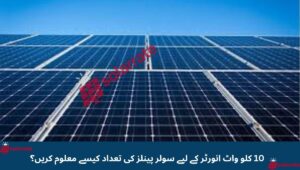Introduction:
In this 10-minute read, we look at the varying sizes and types of solar panels available for residential and commercial applications in the UK — and how to choose the right solar panels for your project, using insights from the Solar Panel Size Guide 2025.In this 10-minute read, we look at the varying sizes and types of solar panels available for residential and commercial applications in the UK — and how to choose the right solar panels for your project.
Apply Now:https://cmsolarscheme.punjab.gov.pk/

Why does solar panel size matter?
If you’re making the switch to solar energy, either in a residential or commercial setting, choosing the correct solar panel size is a crucial factor in ensuring your system is as efficient, cost-effective and productive as possible. It might seem like a simple choice, but the dimensions of the solar panel you use directly influence key aspects of your installation, including (as detailed in the Solar Panel Size Guide 2025):
🔋 Power output: Larger panels produce more total power (measured in watts) per panel installed, and can be more efficient if using microinverters, as they require fewer overall.
📐 Use of space: Different solar panel dimensions affect how much roof or ground area you’ll need, and how the panels will fit into the available space.
💷 Installation cost: Choosing larger panels may reduce installation time as you’ll require fewer units, but smaller panels present fewer transport and handling challenges.
💰 System cost: Depending on your overall requirements, it may be more cost-effective to install fewer, larger panels or multiple smaller panels.
🛠️ Maintenance: For the same surface area, larger panels require fewer connectors, which means fewer potential points of failure.
Key takeaways:
The number of cells within a panel dictates its size – 60-cell and 72-cell panels are the most common solar panel sizes (as outlined in the Solar Panel Size Guide 2025).
🔧 60-cell solar panels are the standard solar panel size for homes.
📏 They are usually 5.5 feet by 3 feet
⚖️ Weigh around 40 pounds
🏢 72-cell panels are bigger,
📐 Measuring around 6.5 feet by 3 feet
⚖️ Weigh about 50 pounds
🔋 And are typically considered commercial solar panels.
What are the standard solar panel sizes and wattage?
🏠 For domestic installations, the solar panels used tend to be smaller and lighter, in order to fit single-home rooftops or garden space, and to make installation easier.
🏢 In commercial installations, where energy demands are higher and available space is less limited, larger panels are more common, reducing the labour and cost associated with installation — as detailed in the Solar Panel Size Guide 2025.
Read More:Best Hybrid Solar Inverter Prices in Pakistan – Find the Best Inverter in Pakistan for Your Needs
Common panel dimensions include:
📊 An average solar panel system requires between 15 to 19 solar panels
📐 And takes up 260 to 340 square feet of space, as highlighted in the Solar Panel Size Guide 2025.
Solar panel efficiency, output, a good warranty, and a trusted brand are more important than focusing on solar panel size, as highlighted in the Solar Panel Size Guide 2025:
| Cell Count | Size (mm) | Area (m²) | Output (Watts) | Use Case |
|---|---|---|---|---|
| 36 cells | 1200 x 540 | ~0.65 m² | 50 – 160 | 🔧 Chhoti devices / DIY |
| 60 cells | 1650 x 990 | ~1.63 m² | 270 – 330 | 🏠 Ghar ke liye (Residential) |
| 72 cells | 2000 x 1000 | ~2.00 m² | 350 – 450 | 🏠🏢 Ghar aur Karobari dono |
| 78 cells | 2170 x 1150 | ~2.50 m² | 500 – 600 | 🏭 Commercial / Industrial |
| 144 cells | 2000 x 1000 | ~2.00 m² | 400 – 550 | 🚀 High-efficiency systems |
| 156 cells | 2278 x 1134 | ~2.58 m² | 550 – 670 | ⚙️ Utility-scale / Badi commercial jagahen |
Read More:2025 price update for solar panels in Pakistanhttps://solarrate.online/2025-price-update-for-solar-panels-in-pakistan/
Choosing the right solar panel size and dimensions for your business is essential, as explained in the Solar Panel Size Guide 2025:
📊 As we’ve seen, designing the most cost-effective and efficient solar PV system for your business requires an in-depth assessment of multiple relevant factors. At JLM, we offer a free remote audit to accurately identify the right solar panels for your needs, based on your current energy usage and available on-premise space — following the best practices outlined in the Solar Panel Size Guide 2025.
📝 Following the audit, you’ll receive a personalized system design including details of the type, size, and number of solar panels required, full cost breakdowns, annual savings, and predicted return on investment.
📞 Contact one of our expert consultants to book your free audit and answer any other questions you may have about commercial solar PV.
Read More: Ziewnic Solar Inverters in Pakistan 2025: Prices, Guide, Types, Features, Benefits, and Energy Output
Conclusion:
Choosing the right solar panel size can greatly impact your system’s efficiency and long-term savings.
With the help of our Solar Panel Size Guide 2025, you can make an informed decision based on space, energy needs, and budget.
Whether for home or business, understanding panel dimensions is key.
Let this guide be your trusted starting point toward a smarter solar investment.
FAQS:
1. What is the standard size of a residential solar panel?
The most common residential solar panels are 60-cell panels, typically measuring around 1650 x 990 mm and producing 270–330 watts. For more details, refer to the Solar Panel Size Guide 2025.
2. How much roof space do I need for solar panels?
An average system (15–19 panels) needs about 260 to 340 square feet of space. The Solar Panel Size Guide 2025 helps estimate this based on your panel type.
3. Are bigger solar panels always better?
Not always. Larger panels give more power, but space, shading, and budget matter too. The Solar Panel Size Guide 2025 compares all panel sizes to help you choose.
4. What size solar panels are used in commercial setups?
Commercial setups usually use 72-cell or larger half-cut panels. You’ll find the best options listed in the Solar Panel Size Guide 2025.


